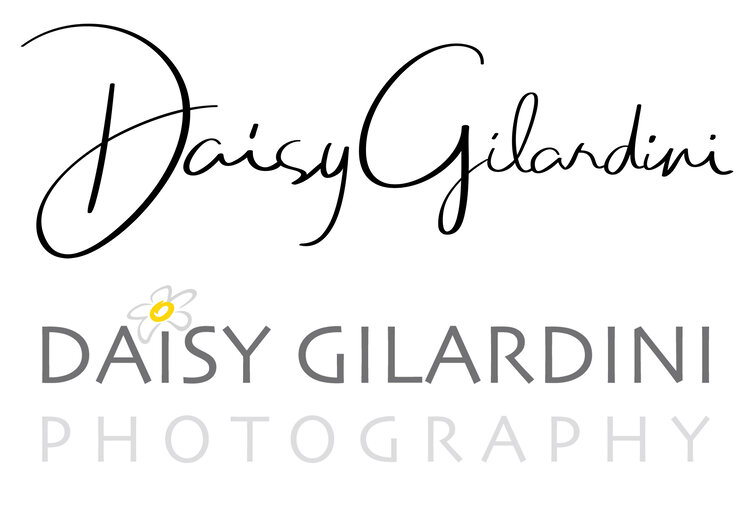As a conservation photographer working in the Polar Regions for more than two decades, I am particularly sensitive to environmental industry policies.
Being at the top of the game, you have to be wise and smart about your choices. It’s not always easy to find the perfect balance between cutting-edge technology-driven products and environmental sustainability.
I have recently partnered as an Ambassador with EIZO — the Japan-based “Rolls-Royce” manufacturer of high-resolution monitors — and it could not have been a better match.
Not only are the monitors the best professional self-calibrating monitors on the market for photographers, but the company ethos reflects real vision and a consciousness about environmental impact.
While reading they sustainability policy I was impressed by their short and long term commitment that starts from the product development and applies to the all production process, expanding to distribution and ending with the collection and recycling of used products.
EIZO has declared a group of seven guiding principles of conduct, for one. These include everything from a promise to think globally, by making and distributing products with a mind to reducing their environmental footprint, to a commitment to fair trade and a broadminded corporate culture that respects basic human values.
EIZO established an environmental management plan and obtained ISO 14001 certification in July, 1998. The certification has since been audited and found to be in compliance with environmental laws in each of the countries where the company operates, most recently in 2015.
EIZO’s philosophy is to create a sustainable society by focusing on the three R’s of Reduce, Reuse and Recycle.
In Japan, for example, EIZO has designed and implemented a recycling program that couples free collection of used monitors for home use with a separate program that collects and recycles discarded monitors from businesses and corporations, in accordance with Japan’s Waste Disposal Act.
EIZO has established a similar recycling program across Europe, and in the United States, where the Environmental Protection Agency’s (EPA) EPEAT Standards bylaw requires collection of applicable, used electric and electronic equipment sold throughout the U.S.
EIZO’s promise to meet the highest standards of technological excellence and environmental awareness begins as early as the development process. While the idea is to make monitors that consumers love to use, EIZO is also committed to developing environmentally sound products that comply with the top certifications and environment-minded labels (TCO, Energy Star, EPEAT, etc.).
Core company values, as outlined in EIZO’s Environmental Targets/Performance Report include reduction of CO2, fuel, water and chemical consumption, while striving to reduce industrial waste at all stages of production.
EIZO’s corporate headquarters in Hakusan, Ishikawa Prefecture, Japan was designed with renewable energy and a low carbon footprint in mind. Some 1,700 solar panels generate more than 370,000 kW of power to the facility.
EIZO CEO Yoshitaka Jitsumori says the company’s mission is to evolve from being a straight “monitor company” to a “visual technology company.” The new EIZO is not only about monitors but related technologies as well, in part, Jitsumori says, because the industries EIZO serves are constantly changing. EIZO is now involved in the healthcare, creative, scientific and home entertainment industries, as it continues its 10-year plan to evolve into a fully fledged visual technology company.
To learn more about EIZO’s environmental policy, link to
https://www.eizo.com/company/sustainability/














